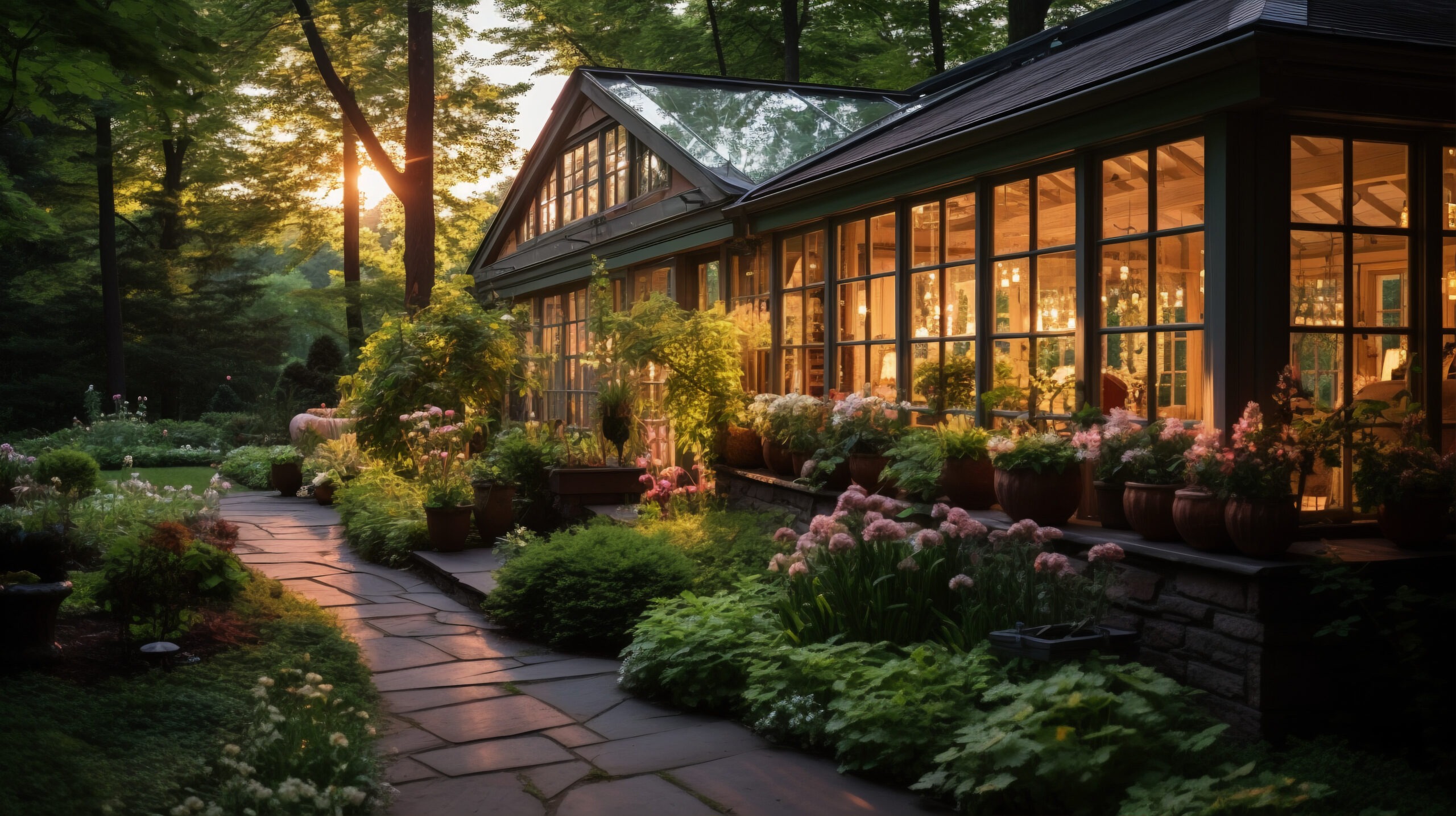Designing and constructing a garden building is an exciting venture that can add both functionality and aesthetic appeal to your outdoor space. Whether it’s a cosy garden room, a functional shed, or a versatile studio, certain considerations are crucial for ensuring the success of your project. This guide explores the important factors to consider when crafting a comfortable and successful garden building.
Purpose and Functionality:
Define the purpose of your garden building, whether it’s a dedicated garden room for relaxation, a home office, or a storage space. Understanding the intended functionality will guide the design and layout decisions, ensuring the end result meets your specific needs.
Design Aesthetics:
Consider the overall design aesthetics to complement your garden and existing structures. The garden building, including garden rooms, should harmonise with the surrounding landscape, incorporating materials, colours, and architectural elements that enhance the visual appeal of your outdoor space.
Material Selection:
Choose durable and weather-resistant materials suitable for the local climate. Whether opting for timber, metal, or a combination, the materials should withstand the elements and require minimal maintenance. This ensures the longevity and sustainability of your garden building.
Natural Light and Ventilation:
Prioritise natural light and ventilation in the design. Consider large windows, skylights, or glass doors to maximise sunlight exposure. Adequate ventilation is essential for a comfortable environment, preventing issues such as humidity and staleness.
Insulation and Climate Control:
Ensure your garden building is well-insulated to provide comfort throughout the seasons. Proper insulation regulates temperature and reduces energy costs. Consider incorporating climate control options, such as heating or cooling systems, for year-round usability.
Utility Connections:
If your garden building serves as a functional space, plan for utility connections such as electricity, water, and internet access. This enables you to use the space for a variety of purposes, from a home office with full amenities to a workshop with power tools.
Planning Permissions and Regulations:
Check local planning permissions and regulations before starting your project. Some areas may have restrictions on the size, height, or placement of garden buildings. Ensuring compliance with regulations avoids potential issues and ensures a smooth construction process.
Landscaping Integration:
Integrate your garden building seamlessly into the landscaping. Consider pathways, surrounding plants, and outdoor seating areas. A well-integrated garden building enhances the overall appeal of your garden, creating a cohesive and inviting outdoor space.
Security Measures:
Implement security measures to protect your investment. This may include sturdy locks, motion sensor lighting, and security cameras. A secure garden building provides peace of mind and safeguards valuable items stored inside.
Budget and Timeline:
Establish a realistic budget and timeline for your garden building project. Factor in construction costs, materials, and potential unforeseen expenses. Setting clear expectations from the beginning helps manage the project efficiently.
Conclusion:
Crafting a comfortable and successful garden building involves thoughtful planning and attention to detail. By considering the purpose, design aesthetics, material selection, natural light, insulation, utility connections, planning permissions, landscaping integration, security measures, budget, and timeline, you can create a space that enhances both the functionality and charm of your outdoor environment. Whether it’s a retreat for relaxation or a functional workspace, a well-crafted garden building adds value and enjoyment to your home.

